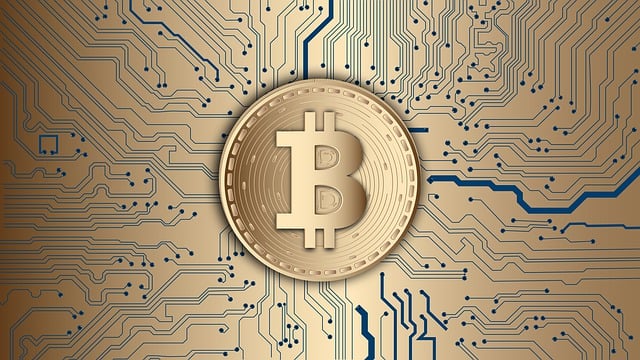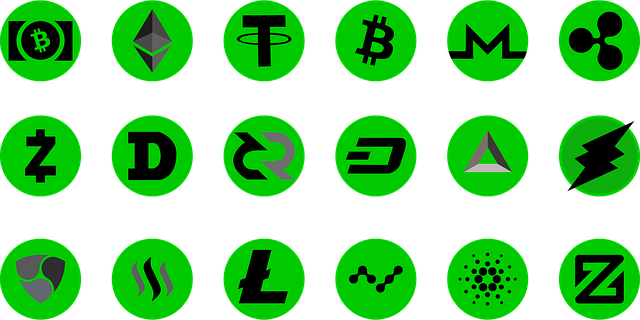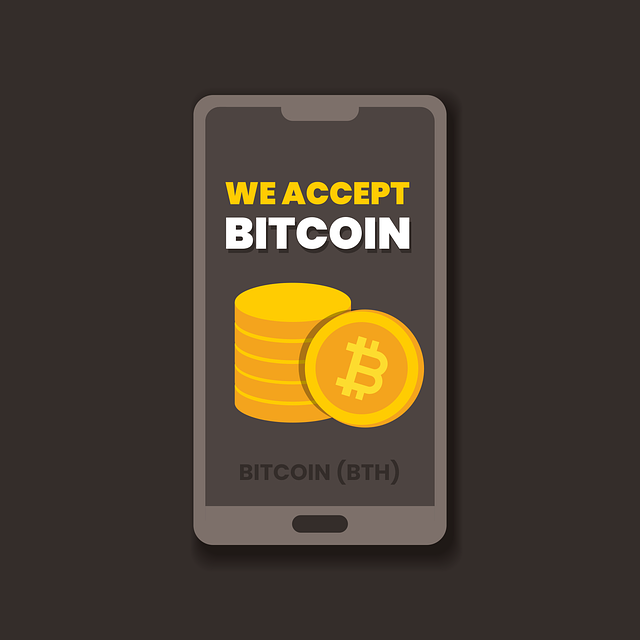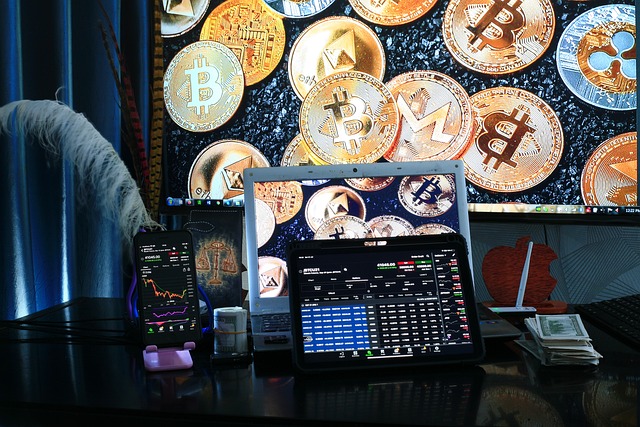Ripple (XRP) is a blockchain-based payment system designed for efficient global financial transactions, leveraging real-time gross settlement and low transaction fees. Its alignment with the growing trend of blockchain adoption in various industries, especially in international payments, makes XRP an appealing alternative to traditional banking. XRP's unique benefits, such as near-instant cross-border payments and cost efficiency, position it to disrupt the global finance landscape by streamlining peer-to-peer transactions between financial institutions. As blockchain adoption trends accelerate, Ripple and XRP are well-positioned for significant growth in the cryptocurrency market. Technical analysis of XRP price movements, using indicators like RSI and moving averages, offers valuable insights into its future trends, encouraging investors amidst volatility.
“Discover the potential revolution in global finance with Ripple and its native cryptocurrency, XRP. This comprehensive guide explores the dynamics behind the world’s top blockchain project by market cap. From a beginner’s perspective, we demystify Ripple’s technology and its impact on cross-border payments. We analyze the growing adoption of blockchain across industries and how XRP is gaining traction as a viable alternative to traditional payment systems. Uncover the future prospects of this game-changing technology and its potential to disrupt global finance.”
- Understanding Ripple and XRP: A Beginner's Guide
- Blockchain Adoption Trends: Why XRP is Gaining Momentum
- The Role of XRP in Cross-Border Payments
- Technical Analysis of XRP Coin Price Movements
- Future Outlook: Will Ripple and XRP Disrupt Traditional Finance?
Understanding Ripple and XRP: A Beginner's Guide

Ripple and its native cryptocurrency, XRP, have gained attention in the world of digital assets due to their unique proposition in facilitating global financial transactions. At its core, Ripple is a real-time gross settlement system designed to enable fast, cost-efficient cross-border payments. The technology leverages blockchain, a distributed ledger that ensures secure and transparent operations. Unlike many other cryptocurrencies, XRP is not meant for speculative purposes but as a bridge currency to streamline international money transfers.
This innovative approach aligns with the growing trend of blockchain adoption in various industries. By enabling faster and more cost-effective transactions, Ripple has the potential to disrupt traditional financial systems. The cryptocurrency’s low transaction fees and rapid settlement times make it an attractive option for businesses looking to expand globally. As the digital payments space continues to evolve, understanding Ripple and XRP becomes crucial for those interested in staying ahead of the blockchain adoption trends.
Blockchain Adoption Trends: Why XRP is Gaining Momentum

The world of finance is witnessing a significant shift towards blockchain technology, and this trend is playing a pivotal role in the growing popularity of XRP (Ripple). As more institutions and businesses embrace blockchain adoption trends, they recognize the potential for faster, more secure, and cost-efficient transactions. XRP’s unique capabilities align perfectly with these needs. It offers near-instant cross-border payments, which is a game-changer in a world where traditional banking processes can be slow and cumbersome.
With its advanced technology, XRP allows for real-time settlement, ensuring that funds transfer instantly between any two points on the globe. This feature has caught the attention of financial institutions and investors alike, driving up demand for the XRP coin. As more blockchain adoption trends emerge, XRP is poised to benefit from increased integration into global financial systems, making it a promising investment option in the cryptocurrency space.
The Role of XRP in Cross-Border Payments

XRP, the native cryptocurrency of Ripple’s blockchain network, plays a pivotal role in shaping the future of cross-border payments. Its primary function is to enable fast, cost-efficient, and borderless transactions between different currencies. In today’s interconnected world, where businesses operate globally, XRP offers a revolutionary solution to the challenges faced by traditional money transfer systems.
The blockchain adoption trends highlight the increasing demand for digital assets that can streamline cross-border remittances. XRP’s unique features, such as its low transaction fees and near-instant settlement times, make it an attractive alternative to conventional banking methods. By leveraging blockchain technology, Ripple facilitates direct peer-to-peer transactions between financial institutions, eliminating the need for intermediaries and reducing processing times significantly. This efficiency gains is particularly beneficial for businesses conducting international trade, enabling them to manage their cash flow more effectively.
Technical Analysis of XRP Coin Price Movements

The technical analysis of XRP coin price movements provides valuable insights into the cryptocurrency’s potential future trends, especially in the context of blockchain adoption. Traders and investors often rely on various indicators and patterns to predict short-term fluctuations and long-term growth prospects. For instance, the Relative Strength Index (RSI) measures the speed and change of price movements, helping traders identify overbought or oversold conditions that might indicate potential reversals or breakouts.
In recent years, XRP has shown notable resilience in the face of market volatility, with its price demonstrating a tendency to bounce back from significant dips. This stability is encouraging for proponents of blockchain adoption as it suggests that the coin may retain its value during periods of uncertainty. Moving averages, such as the 50-day and 200-day SMA, can provide support or resistance levels, aiding traders in making informed decisions. Additionally, candlestick patterns like Doji or Hammer formations can signal potential turning points in XRP’s price trajectory, especially when combined with volume analysis to confirm market sentiment.
Future Outlook: Will Ripple and XRP Disrupt Traditional Finance?

The future of traditional finance may very well be disrupted by blockchain technology and cryptocurrencies, with Ripple (XRP) at the forefront of this potential revolution. As blockchain adoption trends continue to gain momentum globally, Ripple’s technology offers a streamlined and efficient solution for cross-border transactions, addressing many of the issues plaguing the current financial system. XRP, the native cryptocurrency of the Ripple network, is designed to facilitate fast and cost-effective money transfers, making it an attractive alternative to traditional banking methods.
With its unique consensus algorithm and decentralized nature, Ripple has already been adopted by numerous institutions worldwide, signaling a promising future for the technology. The ability to process transactions in seconds with minimal fees could significantly reduce the time and costs associated with international payments, potentially shifting power dynamics in global finance. As more businesses and financial institutions embrace blockchain adoption trends, the potential for Ripple and XRP to disrupt established financial norms becomes increasingly likely, reshaping the landscape of traditional finance.
In light of the above discussions, it’s evident that Ripple and its native cryptocurrency, XRP, are making significant strides in the blockchain space, particularly with regard to global financial transactions. The increasing adoption of blockchain technology, highlighted by rising trends, positions XRP as a potential disruptor in cross-border payments. As we look towards the future, the promise of faster, cheaper, and more efficient transactions through XRP could redefine traditional financial systems. Understanding Ripple and its capabilities is crucial for navigating this evolving landscape, where blockchain adoption trends are set to shape the global economic narrative.
